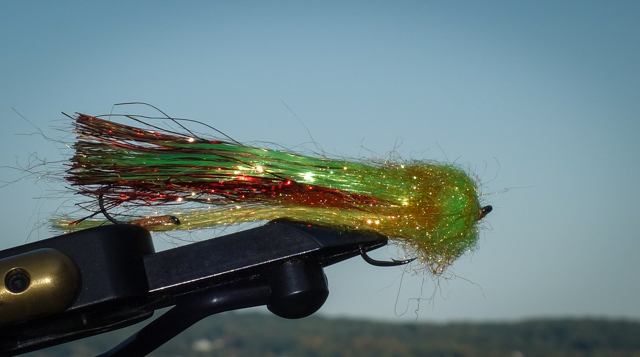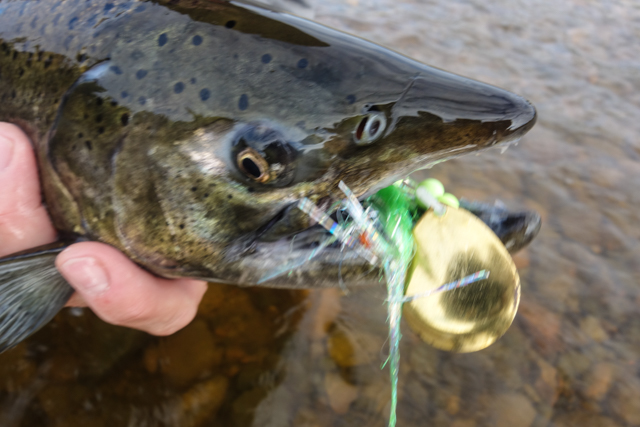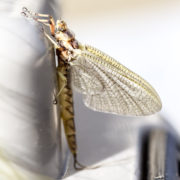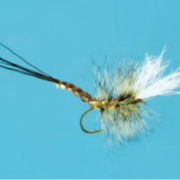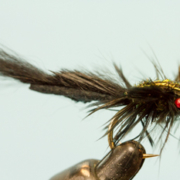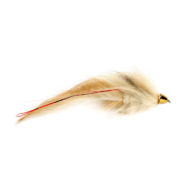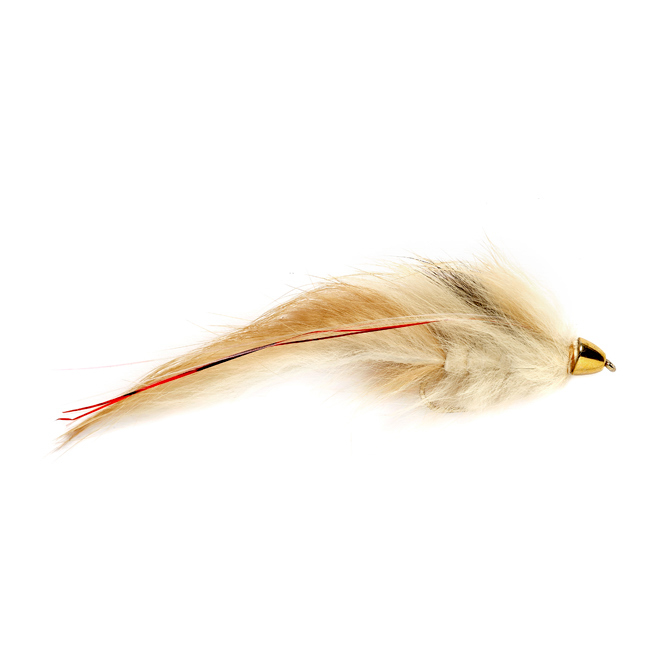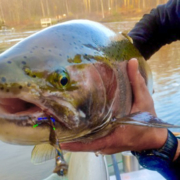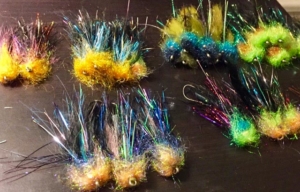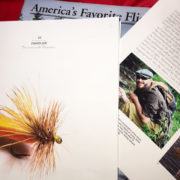King Salmon on Streamers
King Salmon, Caught on Streamers
For years most people believed that salmon could not be caught after they entered the rivers on anything but dead drift methods. When dead drifting using indicator rigs or chucking and ducking sometimes you get bit another times you are lining or flossing the fish. While fun to fight such large fish and a great way to get people interested in fishing it isn’t the most satisfying way to catch fish for many.
Due to our 23 years of fishing on the Garden River in Sault St Marie, Canada we have had a unique opportunity to fish for King Salmon that are pretty unmolested in smallish, private river. We tried many different streamers, both natural looking and bright, gaudy patterns. Nothing produced with any consistency. I remember one day many years ago when an olive wooly bugger got lots of interest, never happened again!
Slowly, very slowly, a pattern and some colors emerged. They were pioneered by Russ Maddin and his fly, the Flash Monkey. The Flash Monkey is a typical Maddin pattern, beautifully conceived and expertly tied. It’s very complicated. Far too complicated for me to produce enough of them to supply my Garden River and Michigan Rivers clients. However the basics of the fly, lots of flash creating lifelike movement gave me some ideas.
Dead Eye is born!
I started with a double hook rig, Owner 2-4/0 front hook and a smaller stinger hook at the back end of the tail. Kings often just nip the tail so you need the stinger. Colors came from our experience in Michigan, number one color for Thunder Sticks (hardware) is Fire Tiger, chartruese and orange. The next best is chartruese and white. There have been a couple of other combos that have produced like pink and purple.
The body consists of a heavy dose of flashabou overlayed with a fair amount of Ice Wing followed by a head of Ice Dub. It is easy and quick to tie and as effective as anything I’ve found. The fly should be 4-6 inches long. Salmon are hard on flies. They are big and toothy! I like this pattern because it is a quick, easy tie that doesn’t leave me in tears if it only lasts for one fish.
The Secret Weapon
The pattern, Dead Eye, can be tied and fished two ways. The first is to keel weight the front hook and add lead eyes. That gets it deep and will help it run true when it’s stripped. That means it stays up right and doesn’t spin. This it time consuming but vey effective.
The second variation of the pattern has no keel weight or lead eyes. Instead you fish the fly behind spinner blades. The blades add weight, motion and vibration. They are very effective at getting strikes from king salmon.
I carry small and medium sized blades in silver and gold along with appropriate beads in colors that make sense with the fly. Vary size and color of the blades as there doesn’t appear to be any consistency with what will work.
Retrieves
When fishing salmon with a streamer using the Dead Eye without the blades, a very fast jerking retrieve works best. When fishing with the blade use a steady two handed retrieve. Retrieve it slowly, steadily, just fast enough to keep it off the bottom. With either variation make sure you strip strike, twice isn’t a bad idea. Cloudy days and smaller water will increase your success with either of these methods. Both flies are fished on sink tip lines. My favorite is the Scientific Anglers Cold Sink 25. On the Garden River I use a 250 grain, on the Manistee a 350 grain.
Conclusion
While fishing for salmon with a streamer isn’t classic upstream, hatch matching trout fishing it is an exciting, suspenseful way to fish. For those anglers that like to swing flies for steelhead or rip streamers looking for big browns fishing for salmon with streamers is right up your alle
I will post a step by step fly tying instruction for the Dead Eye this winter when I have time.
We are now actively booking the Garden River in 2020. This year we had an incredible increase in both numbers and size for both pinks and kings. Check out our website page for more info.
After I finalize reservations for this years customers I’ll post availability for 2020 on that page. Or just give us a call at 23-228-7135 for more info.
Have a great fall!
Capt. Chuck Hawkins

